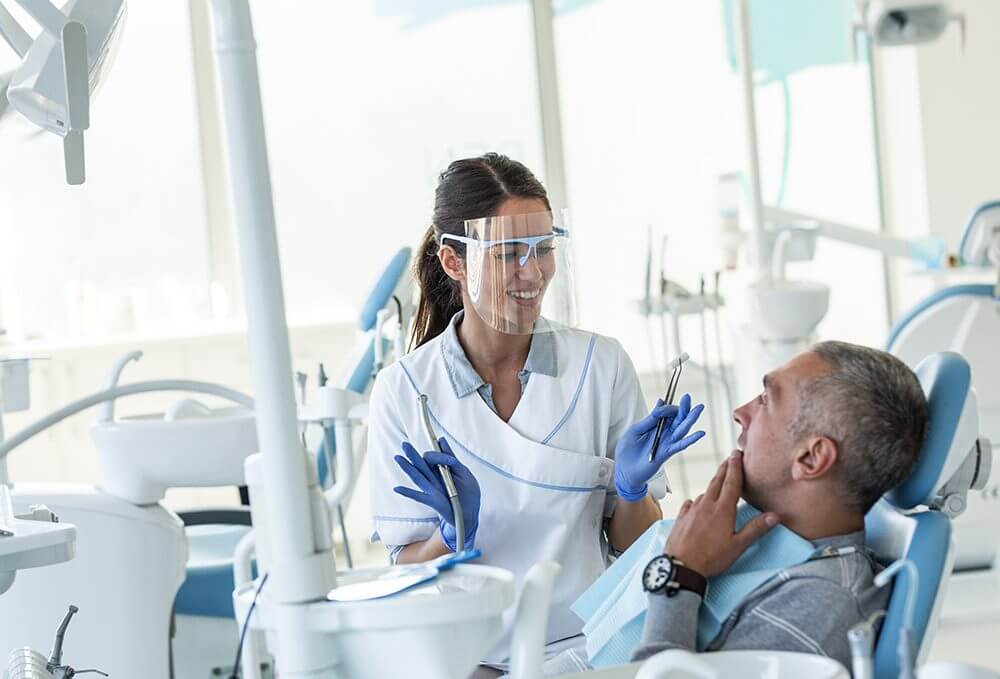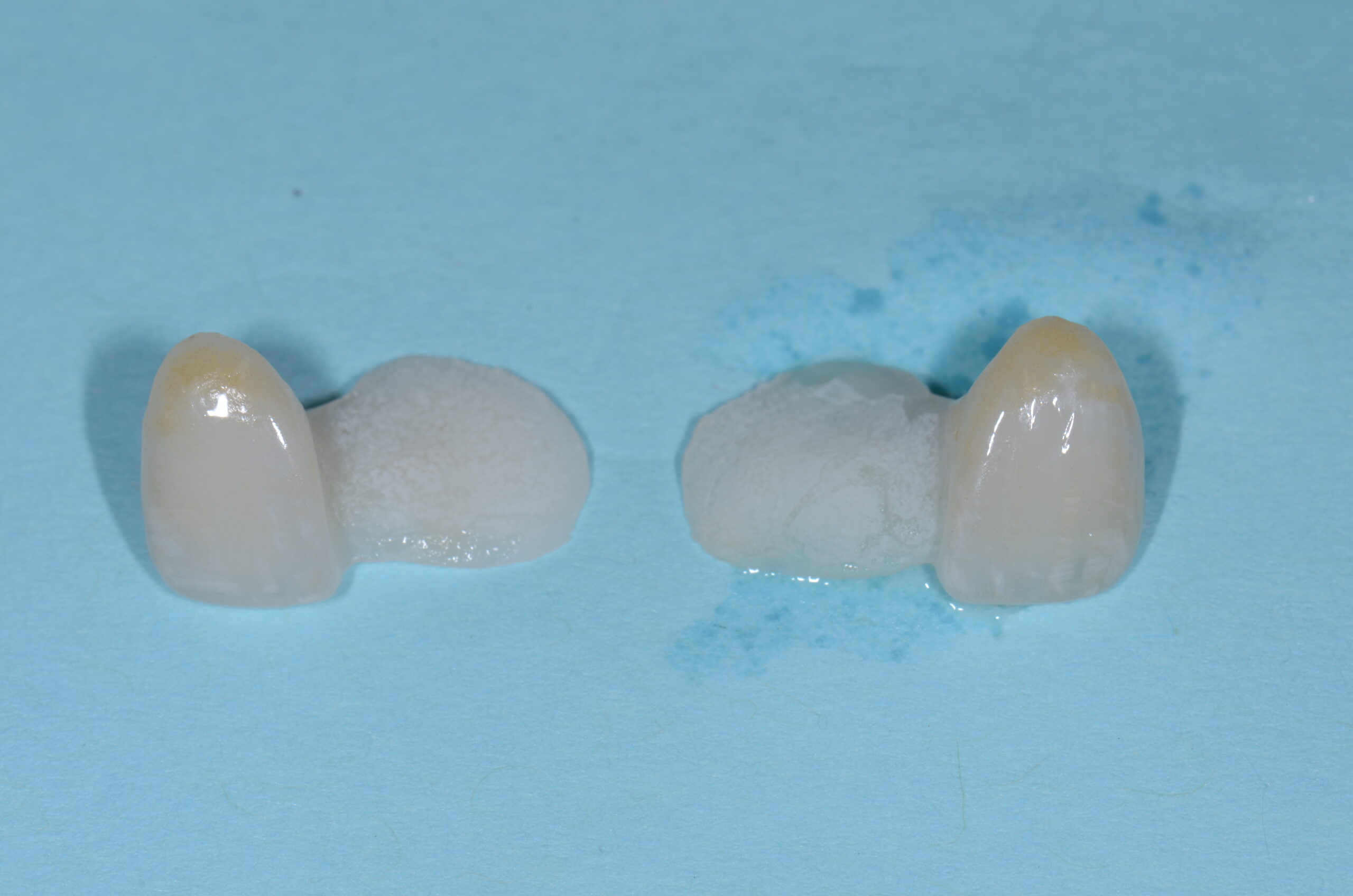
Your Patients Want Thorough Oral Cancer Screening
Why Patients Want Early Detection
For more than a decade, there has been an increase in the occurrence of head and neck cancers in the United States. According to the American Cancer Society, over 53,000 people in the United States will be diagnosed with oral or oropharyngeal cancer in 2020. Worldwide, new cases of oral and oropharyngeal cancer exceed a devastating 640,000 people per year.
Head and neck cancers include those occurring in the lips, mouth, tongue, and throat. These cancers are often referred to as oral cancer or oropharyngeal (back of the mouth and throat) cancer. There are two distinct pathways by which most people develop these cancers. The one most familiar is through the use of tobacco and alcohol, and the other is through exposure to the HPV-16 virus (human papilloma virus, version 16). HPV-16 is a more recently identified etiology and the same one that is responsible for the vast majority of cervical cancers in women. In less than 7% of oral cancer cases, there is no known cause, and it is believed that these cancers are related to a genetic predisposition.
While oral and oropharyngeal cancers are still considered uncommon, The Oral Cancer Foundation reported in 2019 that approximately 132 people in the US are diagnosed each day and one person dies from oral cancer every hour of every day. This sobering statistic has not improved in many years. The most recent statistics reported by the American Cancer Society indicate there has been an ongoing rise in cases of oropharyngeal cancer linked to HPV infection in both men and women.
Oral cancers have an 80%-90% survival rate when found at early stages. Unfortunately, the majority of oral cancers are found in the late stages and this is the reason for the very high five-year death rate of 43%. Late-stage diagnosis is said to be a result of many complex conditions including a lack of public awareness and a lack of professional screenings in dental and medical offices.
Automatically Include Cancer Screening
Within your exam fee, I urge you to include a thorough oral cancer exam. Make sure your patients know the screening is automatically included in your new patient and regular exams. While performing the screening, talk about what you are doing and why. Patients are becoming more and more proactive about their health and are more than pleased to know about the inclusion of the screening. This is a health-centered benefit of your practice that will distinguish you. If your patients are aware that you are doing it, they will mention it to others and their confidence in you will grow.
Another Opportunity to Engage New Patients
My friend Linda Miles, co-founder of Oral Cancer Cause, says, “During the last few years of my teleconsults, I encouraged each dentist to develop a strong relationship with their local oncologists, radiologists and ENT specialists so that he or she would become the go-to dentist to do dental clearances for all cancer patients especially the head and neck cancer patients. In order to start radiation or chemo, all pending dental treatment must be completed. This ranges from hundreds to tens of thousands of dollars per patient to the practice. Dental Oncology is a growth path many should develop.”
Related Course
E2: Occlusal Appliances & Equilibration
DATE: October 11 2026 @ 8:00 am - October 15 2026 @ 2:30 pmLocation: The Pankey Institute
CE HOURS: 44
Dentist Tuition: $ 7500
Single Occupancy with Ensuite Private Bath (per night): $ 355
What if you had one tool that increased comprehensive case acceptance, managed patients with moderate to high functional risk, verified centric relation and treated signs and symptoms of TMD? Appliance…
Learn More>







Deb – We believe a through oral cancer screening should take place at every new patient exam and every recare exam. It only takes a minute or two to do. Make a big deal about what is being done because it is a big deal if you detect cancer early! Treating patients who have survived oral cancer or are undergoing treatment can be daunting. Many oncologists have very little knowledge of the impact of their efforts. A good resource is The Oral Cancer Foundation (www.oralcancerfoundation.org). The oral impacts of chemo and radiation are far reaching and long lasting. An ounce of prevention is worth many pounds of cure.
Thank you, North. Well said!
Thank you Deb.